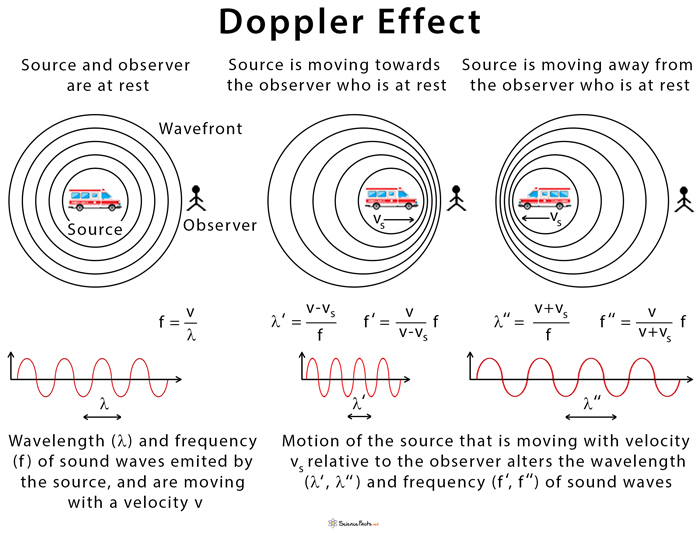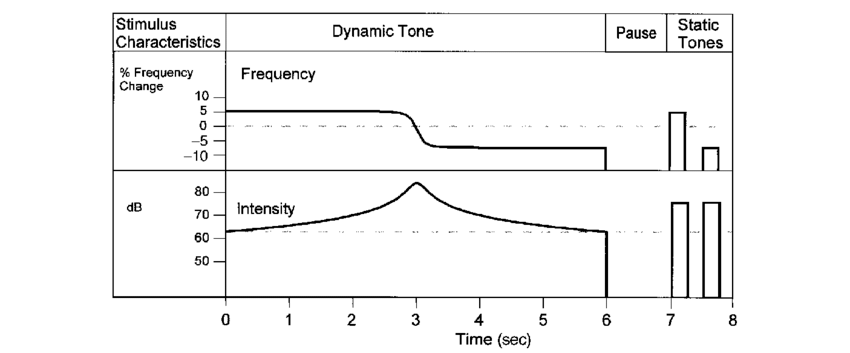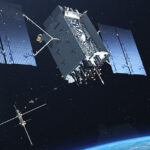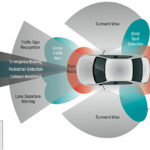Originally derided as scientifically erroneous, the Doppler effect is now a vital tool in all aspects of technology, ranging from microscopic to galactic.
Engineers are familiar with many “effects” ranging from widely used ones such as the piezoelectric effect to somewhat lesser-known ones such as the RF skin effect and even less-familiar ones such as the Coanda effect, to cite just a few.
But there’s one effect that is both widely known and used by engineers in systems across many disciplines: the Doppler Effect, named after physicist Christian Doppler, who described the phenomenon in a theoretical paper in 1842. In fact, the term is at least known by many non-technical public, even if they don’t actually know exactly what it means or how it functions.
In brief, the Doppler effect is the change in frequency of a periodic wave with respect to an observer who is moving relative to the wave source (one or both may be moving). Employing the Doppler effect and its associated Doppler shift makes it possible to determine a sensed object’s relative motion (both speed and acceleration) as perceived by the observer. It is a versatile and vital phenomenon of wave physics that has a long list of applications from very small scales to extraordinarily large ones, including:
- Ultrasonic Doppler to sense blood flow in the circulatory system.
- Ultrasonic and RF radar Doppler to sense motion of people in an area.
- Optical Doppler to determine speed of autonomous cars.
- RF Doppler in radar to judge vehicles, ships, aircraft, and even spacecraft.
- Optical and RF Doppler to measure spacecraft speed and even astronomical bodies such as stars and galaxies (often referred to as red shift for those receding and blue shift for those approaching).
In recent years, technological advances have made the Doppler effect an enabling enhancement for many sensing systems. For example, while early medical ultrasound systems could show the presence and size of veins and arteries, the addition of the Doppler aspect allows for non-invasive measurement of the speed of blood flow, a major diagnostic improvement.
The Doppler principle
Although it can be defined with precise equations, the Doppler effect can also be described conceptually. When the source of repetitive waves at constant frequency moves towards the observer, each successive crest of the wave series begins at a position slightly closer to the observer than the crest of the previous wave. Thus, each successive wave takes slightly less time to reach the observer than the previous one; this, in turn, shrinks the time between the arrivals of successive wave crests at the observer, corresponding to an increase in the observed frequency (Figure 1).

Suppose the contrary situation occurs with the source of waves moving away from the observer. In that case, each wave is sourced from a position farther from the observer than the previous wave, thus stretching the spacing between crests. Since the arrival time between successive waves is increased and these crests spread apart, the frequency as seen or heard by the observer is reduced.
You’ve probably heard the Doppler effect when a car blowing its horn or siren approaches and passes you (Figure 2). The perceived frequency rises as the car approaches (as does the intensity, of course), then suddenly drops as it passes (again, along with the intensity); railroad horns also have the same easily heard and dramatic effect.

Note that in many arrangements, the frequency source and observer are co-located. The Doppler effect is seen as a reflection from a target; this adds a factor of two into the relevant equations, but the principle is otherwise unchanged.
While the designation “Doppler effect” is widely used, there are really two somewhat different physics “mechanisms” of this effect and two sets of descriptive equations, one for acoustic waves and the other for electromagnetic ones.
Why the difference? For acoustic energy and other energy waves that propagate in a tangible medium (air, water, even solids), the velocity of the observer and the velocity of the source are measured relative to the medium in which the wave energy is transmitted. That seems pretty clear, and the overall observed Doppler effect results from the motion of the source alone, the observer alone, both source and observer, and even the motion of the medium.
However, the Doppler analysis is somewhat different for electromagnetic energy (light, RF), which does not require a tangible medium. Only the relative difference in velocity between the observer and the source enters into the analysis. This is associated with a premise of special relativity. One of Albert Einstein’s radical postulates in his revolutionary, shattering 1905 paper “On the Electrodynamics of Moving Bodies” was that the speed of light with respect to any inertial frame is a constant and is independent of the motion of the light source itself – Einstein cites the Doppler effect in part of his analysis of a situation he is explaining.
The next part of this article looks back at Doppler’s situation and some new embodiments.
Related EE World Content
Technology
The Doppler effect in EM and cellular phones
What sensors do you need to land on the moon?
Satellite-based search-and-rescue, Part 3: Space segment and satellites
Graphene-based flowmeter sensor measures nano-rate fluid flows, Part 1: The challenge
Coriolis flowmeters: A subtle global effect with local applications, Part 1: The challenge
The basics of simulating radar signals with AWGs
GPS, Part 1: Basic principles
GPS, Part 2: Implementation
Products
Three-channel, 24-GHz doppler radar three-channel 24-GHz Doppler radar sensor module features wide speed-detection range, high interference
World’s first Doppler LiDAR or autonomous fleets – interference free 450+ meters
Test system for automotive radar sensors electronically simulates even laterally moving objects
Software predicts changes in wireless channels
Automotive Radar Echo Generator Provides Reliable And Future-Proof Production Tests
References
The Doppler Effect
- Physics Today, “The fall and rise of the Doppler effect”
- NASA, “Doppler Shift”
- Georgia State University, “Doppler Effect”
- University of Connecticut, “Doppler Effect”
- University of Virginia, “Doppler Effect”
Related or cited topics
- Wikipedia, “Coanda Effect”
- Wikipedia, “Skin Effect”
- Albert Einstein, “On the Electrodynamics of Moving Bodies” (translation from German into English)
- James Burke, “Connections” (TV series)
- Electronic Wings, “PIR Sensor”





Leave a Reply